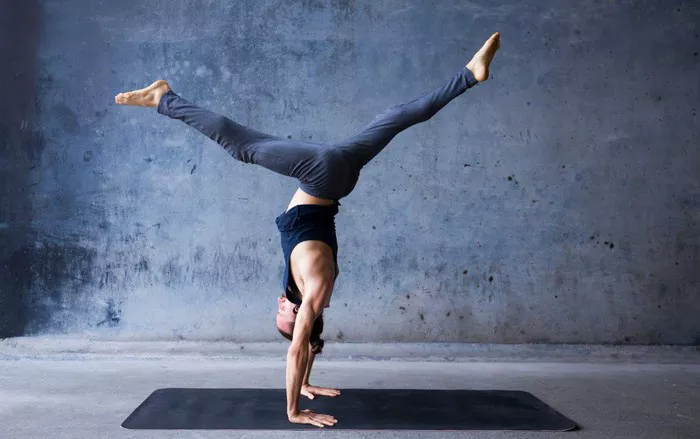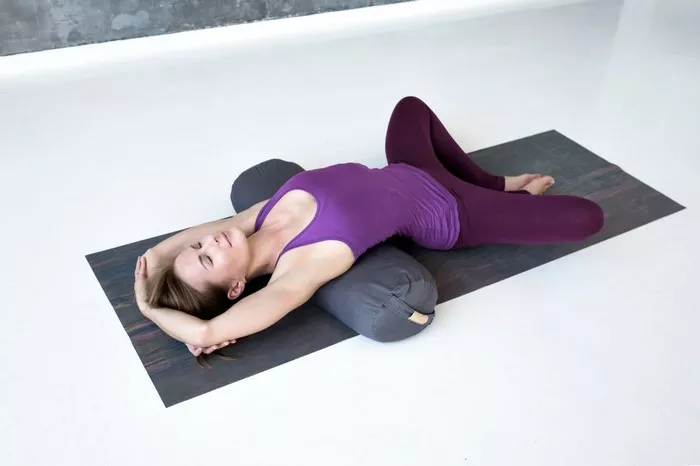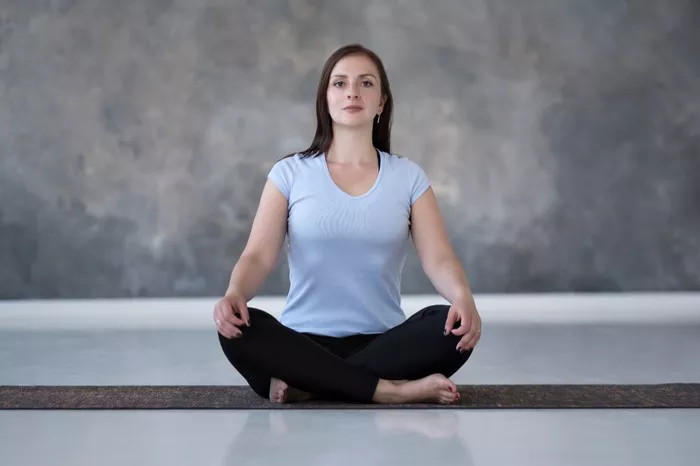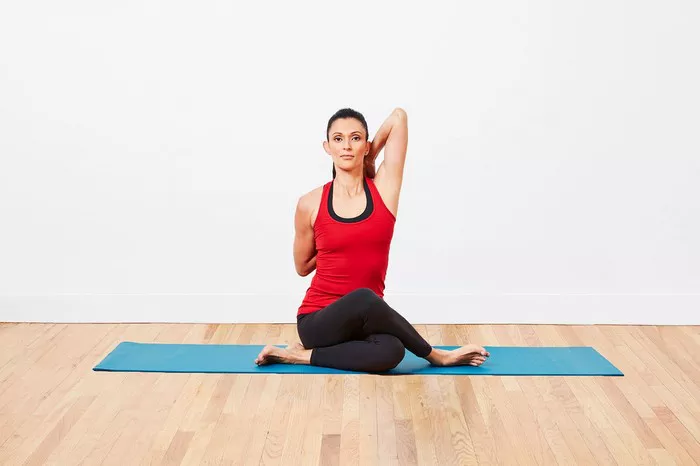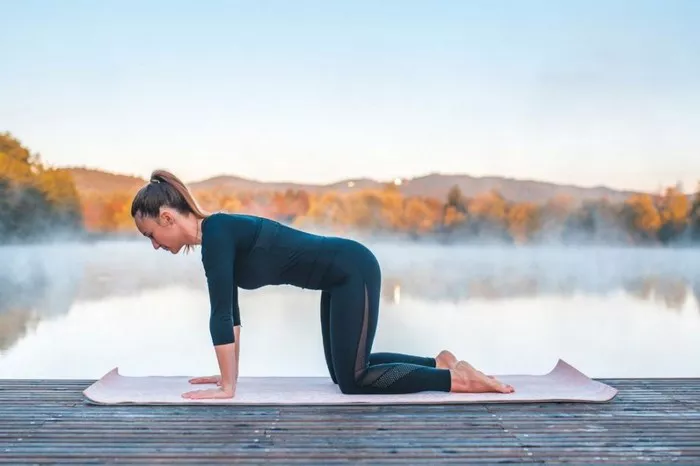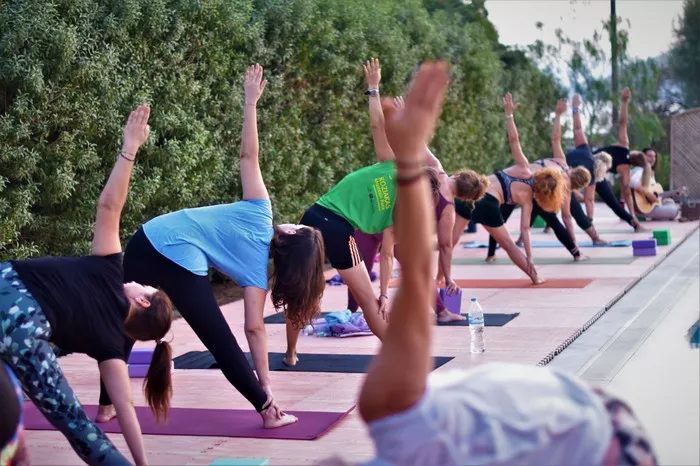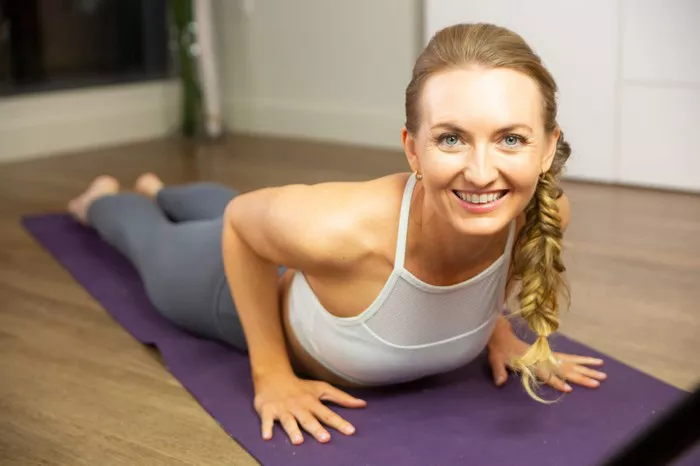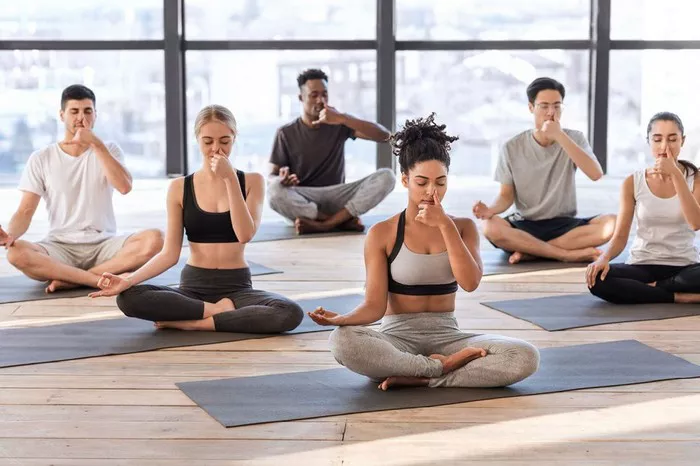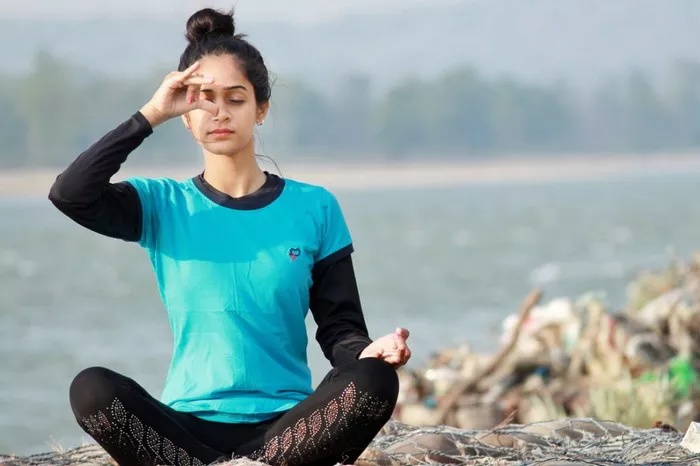Yoga blocks have become an essential accessory for practitioners of all levels—from beginners seeking support to advanced yogis aiming to deepen their poses. Among the different materials used for yoga blocks, cork has gained notable popularity due to its eco-friendliness, durability, and tactile qualities. But how exactly do you use cork yoga blocks to enhance your practice? This article explores the practical applications, benefits, and best practices for integrating cork yoga blocks into your yoga routine.
What Are Cork Yoga Blocks?
Cork yoga blocks are solid, rectangular supports made from compressed cork—a natural, renewable material harvested from the bark of cork oak trees. Unlike foam blocks, cork blocks offer a firm, stable surface with a slightly textured grip, making them ideal for grounding your hands, feet, or other body parts during poses. Their density provides reliable support without compressing under weight, which is especially beneficial for balance poses or when needing firm assistance.
Why Choose Cork Yoga Blocks?
Before diving into the usage techniques, it’s important to understand why cork blocks stand out:
- Sustainability: Cork harvesting is environmentally responsible. The bark regenerates every 9-12 years without harming the tree, making cork a renewable resource.
- Durability: Cork blocks maintain their shape and firmness over time, resisting dents and wear better than many foam counterparts.
- Grip: The natural texture of cork provides excellent traction, preventing slips even when hands or feet get sweaty.
- Weight: Cork blocks are heavier than foam blocks, which can offer more stability but might reduce portability. Many practitioners appreciate this solid feel.
Understanding these advantages sets the stage for using cork blocks effectively and safely.
How to Use Cork Yoga Blocks: Practical Applications
1. Enhancing Alignment and Stability
One of the primary functions of yoga blocks is to help maintain proper alignment, especially in poses where flexibility or balance is challenged.
- Standing Forward Bend (Uttanasana): If your hands can’t comfortably reach the floor, place cork blocks under your palms or fingertips. This reduces strain on the hamstrings and lower back, allowing you to maintain a long spine.
- Triangle Pose (Trikonasana): Use a block beneath your bottom hand to avoid collapsing your torso forward. This helps keep the chest open and shoulders aligned.
- Half Moon Pose (Ardha Chandrasana): Placing a cork block under the supporting hand brings the floor closer, improving balance and reducing the risk of tipping over.
2. Supporting Flexibility and Deepening Stretches
Cork blocks can act as extensions of your limbs, helping you safely deepen stretches without overstretching or injuring muscles.
- Seated Forward Fold (Paschimottanasana): Sitting on a block can tilt the pelvis forward, making it easier to fold over your legs with a straight spine.
- Reclined Pigeon Pose (Supta Kapotasana): Placing a block under the lifted leg can reduce strain on the hips and lower back, gently opening the hips over time.
- Bridge Pose (Setu Bandhasana): Placing a block under the sacrum supports the pelvis in a restorative backbend, allowing you to relax into the pose without muscular effort.
3. Assisting Balance and Core Engagement
Because cork blocks are stable and firm, they can challenge your balance while providing support to build strength and stability.
- Crow Pose (Bakasana): Beginners can place a block under their feet to reduce the distance between hands and feet, making it easier to lift off.
- Plank Variations: A block under the chest or hips can increase core engagement by creating instability, strengthening muscles and improving proprioception.
- Boat Pose (Navasana): Resting hands on blocks in front of you can provide extra support as you build abdominal strength.
4. Modifying Poses for Injury or Physical Limitations
Yoga blocks are invaluable for modifying poses to suit individual needs or injuries.
- Knee Pain: Using blocks to reduce depth in lunges or squats can prevent overextension and protect sensitive joints.
- Back Issues: Blocks can support the lower back in reclined poses, easing tension and promoting safe spinal extension.
- Limited Wrist Mobility: Placing blocks under hands in weight-bearing poses reduces wrist angles, making poses like Downward Dog more accessible.
5. Restorative Yoga and Relaxation
In restorative yoga, cork blocks provide gentle support to allow full relaxation.
- Supported Child’s Pose (Balasana): Blocks under the forehead or chest facilitate longer holds without discomfort.
- Legs-Up-The-Wall Pose (Viparita Karani): Placing a block under the sacrum lifts the hips, enhancing circulation and relieving tired legs.
- Supported Bridge or Fish Pose: Blocks can cradle the body to release tension in the chest, shoulders, and neck.
Tips for Using Cork Yoga Blocks Effectively
Choose the Right Size and Shape
Cork blocks come in various sizes and shapes. The standard size is approximately 9 x 6 x 4 inches, which fits most hands comfortably. Some blocks are beveled for easier grip or thinner for portability. Choose a block that feels sturdy but comfortable for your hands and the poses you practice.
Use Multiple Blocks When Needed
Don’t hesitate to use two or more blocks simultaneously to create a step or adjust height. For example, stacking blocks can compensate for limited flexibility or serve as an elevated platform in seated poses.
Experiment with Different Placements
Blocks can be placed vertically, horizontally, or flat, depending on the support needed. For instance, placing a block vertically under your hand in Triangle Pose offers more height than lying it flat.
Maintain Your Blocks
Cork blocks require minimal maintenance but benefit from occasional cleaning with a damp cloth to remove sweat and dirt. Avoid soaking or submerging them in water, as this can weaken the cork.
Integrate Blocks into Your Regular Practice
Using blocks regularly helps your body adapt and progress safely. As your strength and flexibility improve, gradually reduce reliance on blocks or adjust their use to challenge yourself.
Common Misconceptions About Using Cork Yoga Blocks
- Blocks Are Only for Beginners: While blocks are invaluable for beginners, advanced yogis also use them to explore new variations or deepen poses safely.
- Blocks Reduce the Intensity of Yoga: Properly used blocks enable better alignment and control, which can intensify the pose and improve muscle engagement.
- Blocks Are Just Height Enhancers: Blocks offer much more than height—they provide stability, alignment guidance, balance challenge, and restorative support.
Incorporating Cork Yoga Blocks into Different Styles of Yoga
Hatha Yoga
Blocks assist in alignment-focused Hatha yoga, helping practitioners hold poses longer and with correct form.
Vinyasa and Flow Yoga
In dynamic sequences, blocks can support transitional poses or modify challenging moves to maintain flow and breath coordination.
Yin and Restorative Yoga
Blocks provide gentle, sustained support during long-held Yin poses, aiding deep tissue release.
Iyengar Yoga
Known for its emphasis on props, Iyengar yoga often uses blocks for precision and safety, making cork blocks a perfect fit.
Prenatal Yoga
Blocks help pregnant practitioners maintain comfort and safety by offering extra support during seated and standing poses.
Conclusion
Cork yoga blocks are versatile, durable, and environmentally friendly tools that enrich your yoga experience. Whether you’re aiming to improve alignment, deepen stretches, enhance balance, or support restorative poses, these blocks provide a reliable foundation. By understanding how to use cork yoga blocks thoughtfully and creatively, you empower your practice to grow safely and sustainably. Remember, the key to successful use is experimenting with placement and adapting to your body’s needs—there is no one-size-fits-all approach.
Investing time to master the use of cork yoga blocks not only prevents injury but also unlocks new dimensions of your practice, helping you move mindfully with strength, flexibility, and confidence.
Related Topics:


